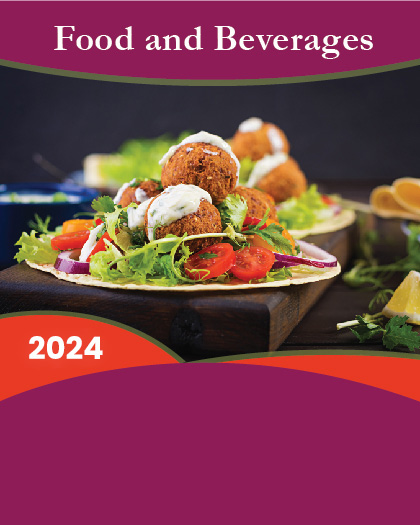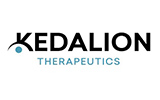
Consumers Opt for Personal Wellness Plans
Focus On Sports Recovery Ingredients
Dietary Supplement Insurance: Trends & Tips for 2017
01.30.17
The global sports nutrition market accounted for $28.37 billion in 2016 and is expected to reach $45.27 billion by 2022, growing at a CAGR of around 8.1% between 2017 and 2022, according to a new report from Zion Market Research.
Sports nutrition refers to the consumption of nutrients such as vitamins, minerals, supplements and organic substances that comprise of carbohydrates, proteins and fats. Sports nutrition products, such as sports drinks, sports food & sports supplements are developed for, and consumed by athletes and bodybuilders to improve their overall health, performance, and muscle growth. Sports drinks are primarily consumed by athletes to replenish the water level in the body. These products are increasingly attracted by lifestyle and recreational users. Currently, the developing countries represent a huge growth potential for these products on account of rapid urbanization, increasing disposable income, and a higher percentage of the young population.
The Sports Nutrition Foods & Drinks market revenue was xx.xx Million USD in 2019, and will reach xx.xx Million USD in 2025, with a CAGR of x.x% during 2020-2025.
Under COVID-19 outbreak globally, this report provides 360 degrees of analysis from supply chain, import and export control to regional government policy and future influence on the industry. Detailed analysis about market status (2015-2020), enterprise competition pattern, advantages and disadvantages of enterprise products, industry development trends (2020-2025), regional industrial layout characteristics and macroeconomic policies, industrial policy has also been included. From raw materials to end users of this industry are analyzed scientifically, the trends of product circulation and sales channel will be presented as well. Considering COVID-19, this report provides comprehensive and in-depth analysis on how the epidemic push this industry transformation and reform.
In COVID-19 outbreak, Chapter 2.2 of this report provides an analysis of the impact of COVID-19 on the global economy and the Sports Nutrition Foods & Drinks industry.
Chapter 3.7 covers the analysis of the impact of COVID-19 from the perspective of the industry chain.
In addition, chapters 7-11 consider the impact of COVID-19 on the regional economy.
The Sports Nutrition Foods & Drinks market can be split based on product types, major applications, and important countries as follows:
Key players in the global Sports Nutrition Foods & Drinks market covered in Chapter 12:
Glanbia Plc
Twinlab Consolidated Holdings, Inc.
The Balance Bar Company
Yakult Honsha Co., Ltd.
PepsiCo Inc.
Nature's Bounty, Inc
CytoSport, Inc.
MusclePharm
Coca-Cola Co.
Dr Pepper Snapple Group, Inc.
GlaxoSmithKline Plc
Clif Bar & Company
Lucozade Ribena Suntory Ltd.
Optimum Nutrition Inc
Rockstar Inc.
Red Bull GmbH
Abbott Nutrition
Meiji Co., Ltd.
Glanbia Nutritionals Limited
The Quaker Oats Company, Inc
Vitaco Health Ltd.
Monster Beverage Corporation
Ajinomoto Company
Weider Global Nutrition, LLC
Nestle SA
GNC Holdings, Inc.
Post Holdings, Inc.
Otsuka Pharmaceutical Co., Ltd.
In Chapter 4 and 14.1, on the basis of types, the Sports Nutrition Foods & Drinks market from 2015 to 2025 is primarily split into:
Sports and Energy Foods
Sports and Energy Drinks
Sports Nutrition
In Chapter 5 and 14.2, on the basis of applications, the Sports Nutrition Foods & Drinks market from 2015 to 2025 covers:
Online
Offline
Geographically, the detailed analysis of consumption, revenue, market share and growth rate, historic and forecast (2015-2025) of the following regions are covered in Chapter 6, 7, 8, 9, 10, 11, 14:
North America (Covered in Chapter 7 and 14)
United States
Canada
Mexico
Europe (Covered in Chapter 8 and 14)
Germany
UK
France
Italy
Spain
Russia
Others
Asia-Pacific (Covered in Chapter 9 and 14)
China
Japan
South Korea
Australia
India
Southeast Asia
Others
Middle East and Africa (Covered in Chapter 10 and 14)
Saudi Arabia
UAE
Egypt
Nigeria
South Africa
Others
South America (Covered in Chapter 11 and 14)
Brazil
Argentina
Columbia
Chile
Others
Years considered for this report:
Historical Years: 2015-2019
Base Year: 2019
Estimated Year: 2020
Forecast Period: 2020-2025
























